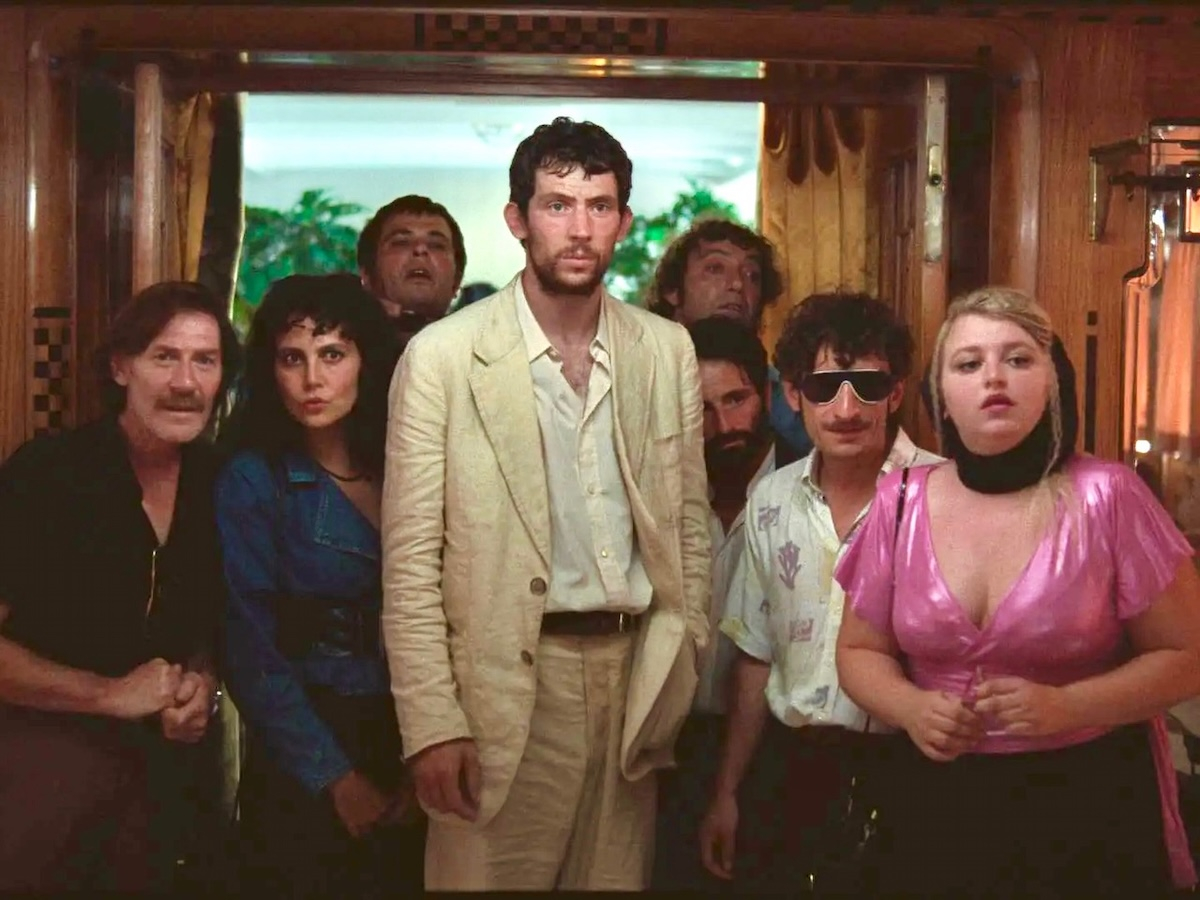
FOR WHAT IT'S WORTH: I love to go and see films on weekday afternoons in actual cinemas. Very few people are in attendance, a mix of hardcore cineastes and pensioners. I like to get there early, stake out a good seat, and hunker down with buttered popcorn and a cold drink (usually a coke, although Film Forum offers an exceptionally delicious egg cream which they whip up from scratch). Once the lights go down and we are altogether in the communal womb-like darkness, I tend during the trailers to drift into a semi-twilight state--the crash after my cold drink's initial sugar rush--before rousing myself into sharper focus just in time for the opening credits. Which is why I enjoyed Italian director Alice Rohrwacher's magic realist opus La Chimera so much. It pretty much inhabits the same drowsy semi-conscious dream state I normally experience before the film du jour starts--and sustains that mood for nearly three meandering and delightful hours, eventually building to a Very Big Bang I won't reveal here. Suffice to say that the film is sheer visual and narrative poetry, in part reminiscent of the gauzy descriptive wordscapes of late Nabokov (Ada and Look at the Harlequins come to mind), which float in and out of the reader/viewer's consciousness, insistently begging the questions "What exactly is a Dream / And what exactly is a Joke?" (pace Syd Barrett's "Jugband Blues").
Ostensibly a comedic tale of a band of impoverished ragazzi tomb raiders (tombaroli), sifting under the top soil of Tuscany necropoli for ancient Etruscan artifacts, the film is also a profoundly serious inquiry into the Ultimate Value of All Things both corporeal and spiritual. The band sells their unholy pickings for a pittance to a shadowy sharpie, an imperious boss woman who forges documents of fake provenance to better auction the loot off for millions of euros to international museum curators who most likely know better and look the other way. The film leisurely ambles its way through the gorgeous land and seascapes of '80s Tuscany using a variety of different film and video stocks to suggest different mystical psychological and psycho-geographic states. From scene to scene, in a strategy of offhand misdirection and inference, shards of the characters' history--fragments of memory and desire--are gradually revealed like so many pieces of broken amphorae, while real ghosts hover around the proceedings above and below ground.
Soon-to-be-superstar protagonist Josh O'Connor (The Crown) portrays a mumbling, shambolic former British archeologist named Arthur, first seen sprawling in a train compartment wearing a dirty white linen suit which grows grubbier as the film proceeds--gone to seed and fresh out of jail for (it's implied) past grave robbing, and seemingly now on a permanent bummer due to his current impecunious position and the simultaneous disappearance of his Italian girlfriend. He's on the skids but still possesses, to the delight of that old gang of his, a near-preternatural gift for divining ripe and ready grave sites. There are strong performances from Isabella Rossellini as the village matriarch Flora, the mother of Arthur's grand lost love, and in a Fellini-esque touch, Brazilian actress Carol Duarte portrays Italia, a Gelsomina-like Holy Innocent who falls for Arthur and vice versa, and later admonishes him and his gang of tombaroli when she stumbles on them trying to cart off their booty: "These are not meant for human eyes!" Or ears, as Arthur has given her a little jingling bell seemingly dating back to 800 years BCE. which once delighted and now repulses her as she realizes what the lovable gang has been up to. There is a lot of effective music on the soundtrack (including Kraftwerk's "Space Lab"), as well as commentary on the proceedings sung as Tuscan folk ballads live in the film by members of the gang (who seem to be freelance commedia dell 'arte players when they are not raiding tombs).
It's definitely, a film that bears repeated viewing, I highly recommend!
